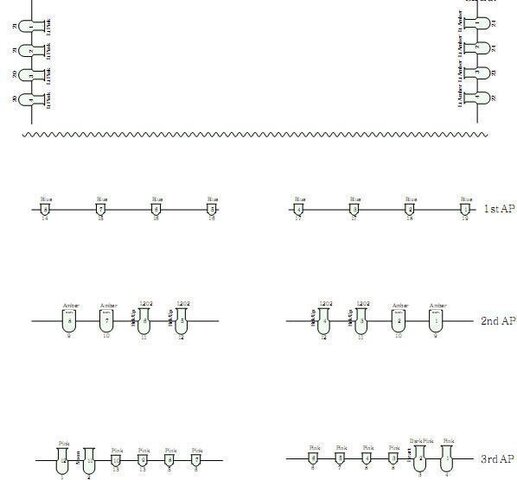jgaffney7643
Member
My very first post!
My background:
I've been a techie since I was 12. My principle experience has been basic electrical work with ETC instruments, and design on ETC digital boards, though I designed for 3 years on an old(er than me) Strand analog board. As I was always handed a complete system and had but to hang the lights and cue the shows, I'm a complete novice in the intricacies of DMX wiring and system design.
My situation:
I am the resident (only) technician at a residential summer camp in Bucks County, PA. Before my time, and back into recent memory, there wasn't a technician at all. The owner is impressed with what I was able to do with 8 par cans and a $50 controller from BulbAmerica, so he wants to expand the system in a big way.
Frankly, a professionally installed system would be a bit of a waste of money in this setting, and I like the versatility of a system that isn't as hard-wired and permanent as they tend to be. Additionally, I fear that when a professional firm comes in and says "that'll be $15,000," the project will come to an abrupt end.
That being said, I feel that with a little bit of help I can competently put together an a la carte system that will be utilitarian, easy to use for me and the kids, and expandable should the owner continue to see potential.
The MAJOR hurdle, is that the space is a gymnatorium - a basketball court by day and theatre by night. Anything over the front of house either needs to be up and secure or easily removable.
What I have this far:
Eight par-38's that work surprisingly well considering they were $11 each, two optima "dimmer packs" that are actually just edison plugs strung together with 9-pin cable to a controller that works when you're very, very nice to it. I've come to the conclusion that the only thing to be salvaged from this system are the instruments. For $300, it served it's purpose.
I also have been investigating computer-based control software. I know this is heresy to the console faithful, but a console is just impractical in the space, and is cost prohibitive given that it'll be in a closet for 10 months of the year.
I rather enjoy MiniStageConsole for it's simplicity, it's similarity to the ETC system I am so familiar with, and it's free-ness.
I also have a basic idea of what instruments I'll be using. All stationary, mostly par cans and low-end ellipsoidal. It's a VERY small space, and there's no need to spend a fortune on top-of-the-line cans.
What I need from you good people:
Advice on how to put these elements together. I need dimmer packs that can handle upwards of 40 instruments, and I'd prefer not to end up spending more then $5,000, as the owner is also going to overhaul the sound system, which will be very costly. (For that we're bringing in a professional firm.)
I also want to know, frankly, if this seems feasible; if it is foolish presumption on my part to think I can put this together on my own and not waste my benefactor's money.
I look forward to your thoughts, thanks in advance!
-Jim



